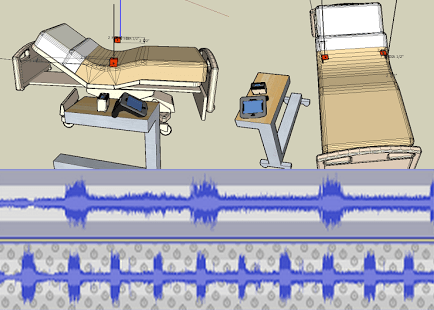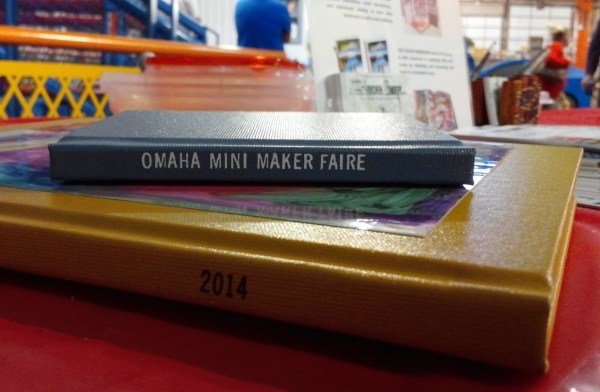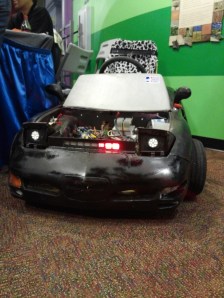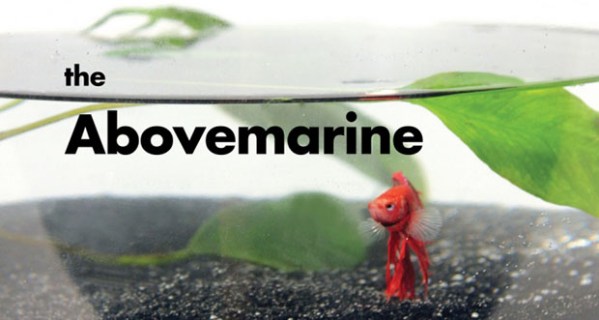We’re celebrating 10 Years of Hackaday with a day-long event in Pasadena. It’s not too late to get in on the action. If you’re in the LA area on October 4th, 2014, you can attend the mini-conference in the afternoon and the party that evening.
It’s free, but you must secure a ticket for yourself.
A small group of hand-picked hackers will begin the day building alternative gaming controllers for use at the party that evening. The morning will be occupied by a trio of workshops focusing on robot building, lock picking, and LiPo cell charging.
Things start to really pick up steam in the afternoon with a mini-conference. There are a few dozen tickets left so get yours now! As we mentioned in our last post, [Steve Collins] will talk about how early hacking led him to a career with NASA, [Quinn Dunki] will discuss Veronica the 6502 Computer, and [Jon McPhalen] will present the benefits of mult-core embedded development.
To the list of speakers we can now add [ThunderSqueak]. You may remember her CO2 laser build that used a lot of hardware store parts. We’ve asked her to talk about her work on a non-binary computer. We covered the project back in June but this type of through-the-looking-glass subject fares better as a live talk with Q&A.
We hope to announce one more speaker soon, and already have a few lightning talks (one on a Demoscene board and another on hardware dev that ended with a successful Kickstarter). We’ll keep you posted!
Call for Art
We have space for a few pieces of art for the event. We would prefer things that are interactive and ‘glowy’ or self lit as the space will be fairly dark. There are two areas that we would like to fill right now, one is a small room approximately 9′ square with an 8′ ceiling. The other is a much larger space about 24′ square with a very high ceiling. We also have a couple of walls on which we could hang things or do projections. If you have something interactive and fun that you can get to the LA area on the week leading up to October 4th please let us know.
UPDATE: Poster
[Jim K.] asked for the printable version of the posts. Here’s a link to the .ai file. This is the work of our illustrator [Joe Kim]. He really gets us and has a bunch more artwork to be found around here. Some of our favorite is the “story” art he did in the description of the two classic t-shirts, and the original designs for the premium tees.




 The representatives of the [
The representatives of the [













